An Apple headset should use miniature OLED display panels made by Samsung Display, in addition to Sony and LG Display ones, a new report alleges.
Samsung Display will also supply micro OLED panels for Apple headset
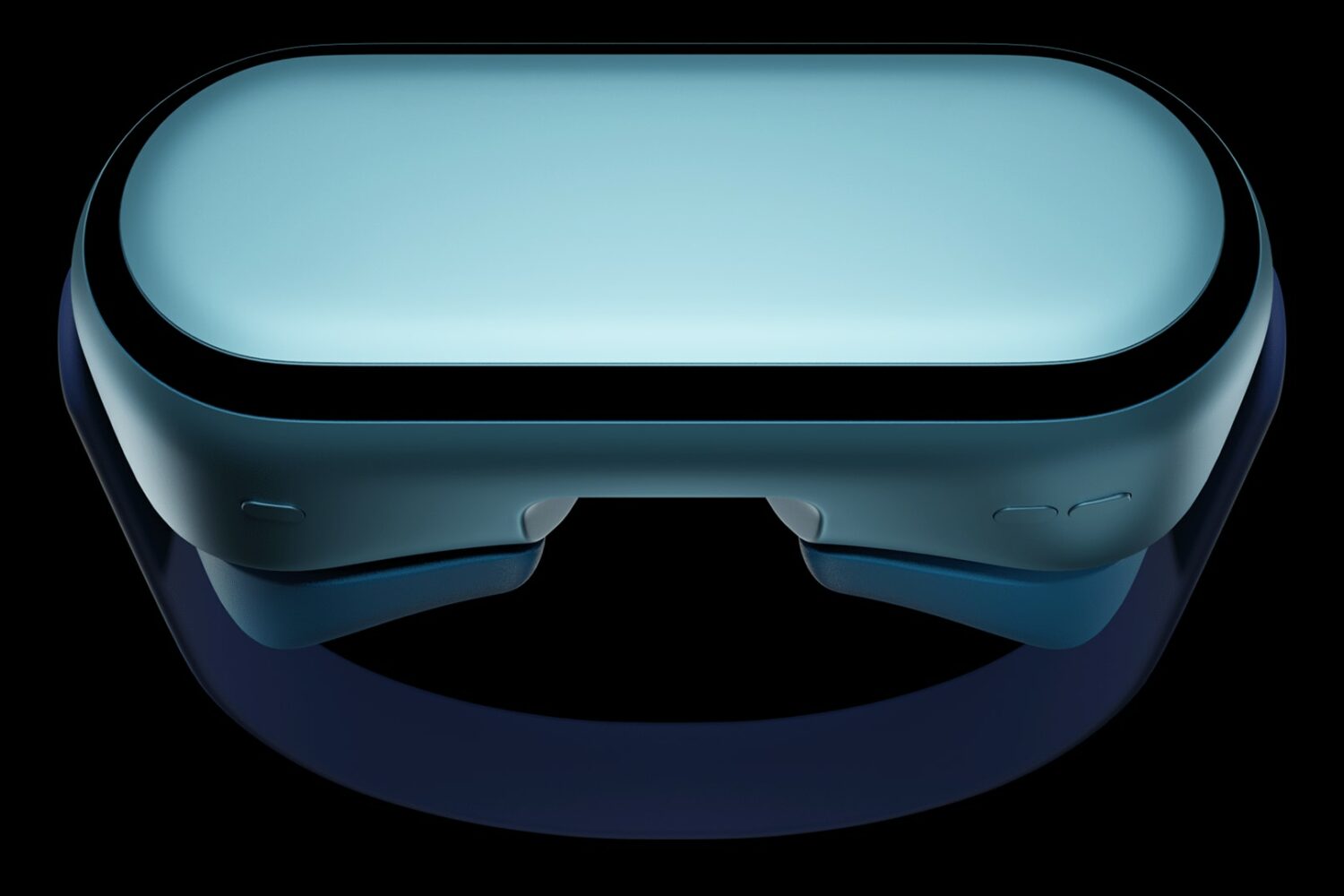

An Apple headset should use miniature OLED display panels made by Samsung Display, in addition to Sony and LG Display ones, a new report alleges.
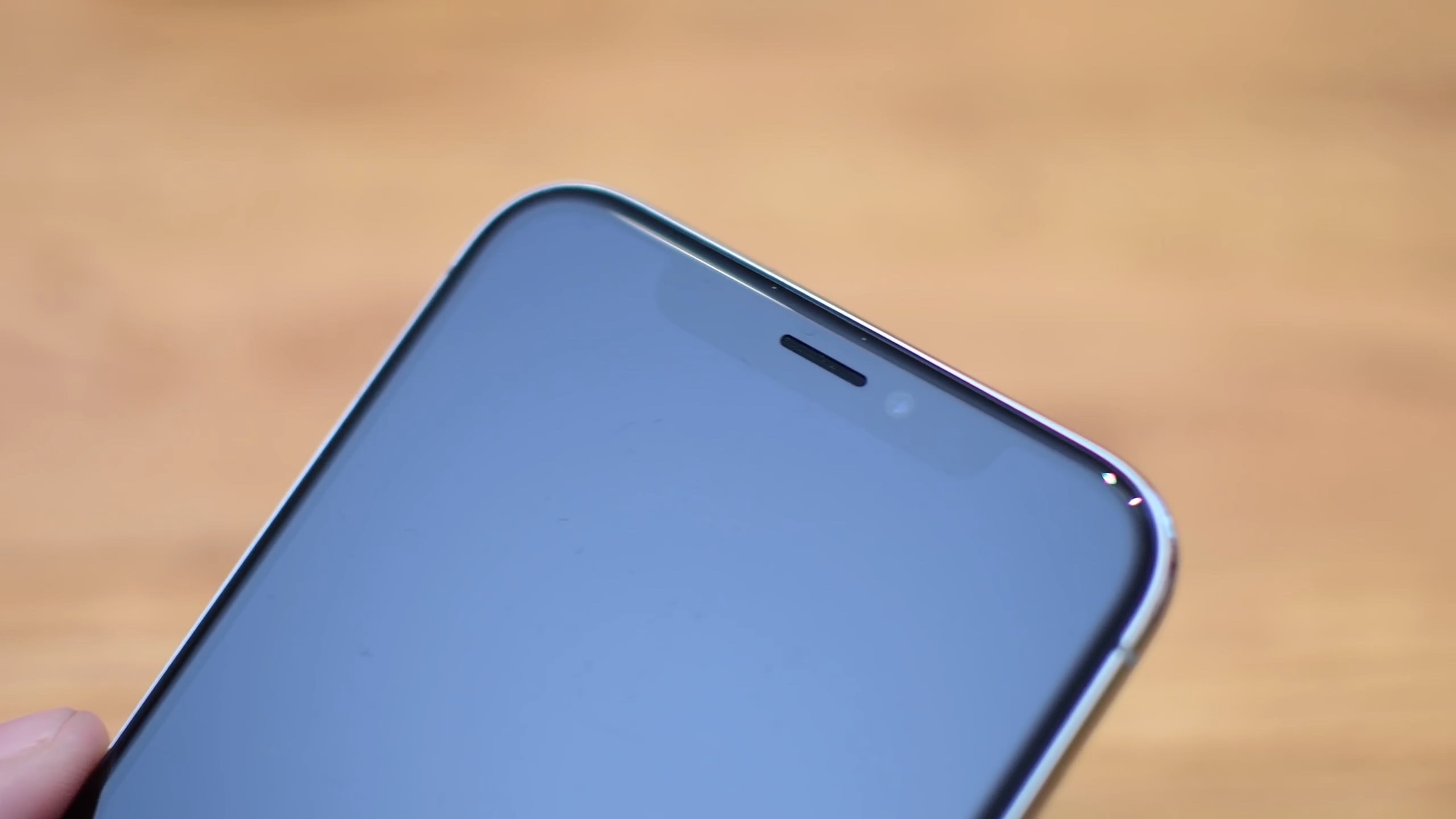
Apple suppliers Samsung and LG Display have reportedly kicked off production of OLED panels for the upcoming iPhone 13 family, with Samsung focused on the 120Hz ProMotion screens.
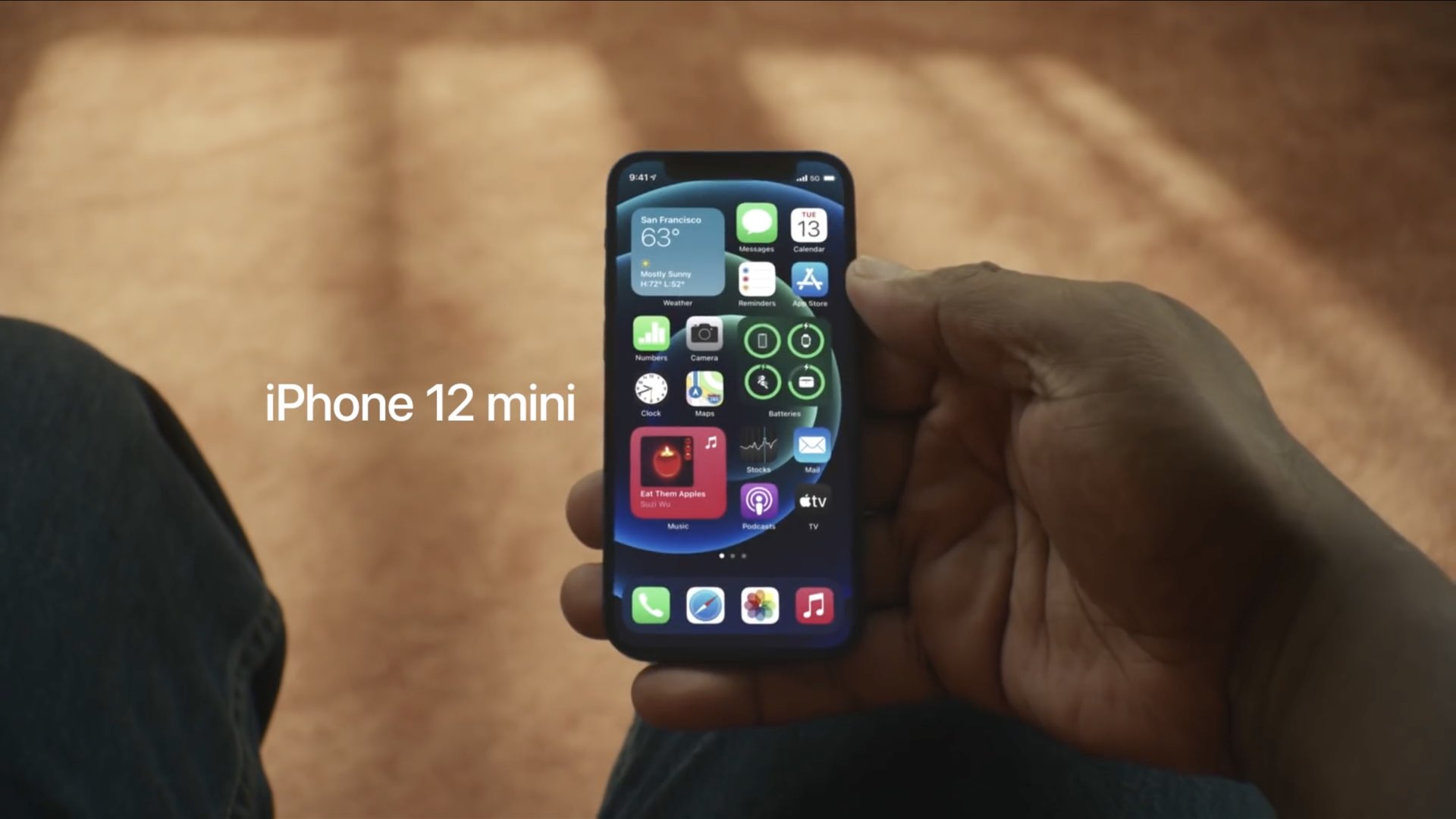
Apple could be on the hook for missing contractual purchasing obligations concerning OLED panels for iPhones due to lower-than-expected sales of the iPhone 12 mini.
STORY HIGHLIGHTS:
Apple couldn’t fulfill previously-contracted OLED orders. This is blamed on sluggish iPhone 12 mini sales. Another proof that folks want larger phones. Apple could pay a penalty to SamsungA report from The Korea Herald hints that Apple may be unable to fulfill its previously agreed-upon purchasing order volume for Samsung-built OLED panels. The report suggests that no middle ground could be found between Apple and its chief OLED supplier, suggesting the iPhone maker would need to compensate Samsung's display-making arm.
Samsung Display’s worldwide small OLED shipments in January dropped nine percent month-to-month to 45 million units, according to market researcher Omdia, which added that the decline is apparently prompted by sluggish sales of Apple’s iPhone 12 mini.
Recent reports claim Apple slashed its planned iPhone production targets for the first half of 2021 by twenty percent, with poor iPhone 12 mini responsible for the majority of the cuts.
Industry observers are now predicting that Apple may once again have to pay Samsung a hefty penalty for not meeting the minimum order quantity.
Samsung Display is the sole supplier of 5.4-inch OLED panels for the iPhone 12 mini.
Apple has ordered a certain number of 5.4-inch OLED panels for the iPhone 12 mini. It's no secret that the iPhone 12 mini hasn't met Apple's internal expectations in terms of sales, thereby prompting the company to order fewer OLED panels for the device from Samsung.
And as a result of that, Apple may now need to compensate its rival.
It wouldn't be the first timeThis is hardly the first time the Cupertino tech giant has been punished financially for missing its previously-established component purchase targets.
Back in 2019, Samsung was paid a cool $638 million by Apple to compensate the Galaxy maker for lower-than-contracted orders for the iPhone's OLED panels. The following year, the Cupertino firm reportedly paid Samsung Display a whopping $950 million for failing to meet its OLED panel purchase targets. As Apple is a just-in-time operation, it's crucial that its leadership correctly estimates demand in order to avoid being punished by its suppliers like that.
https://www.youtube.com/watch?v=7L_vCxAFyOI
Subscribe to iDB on YouTube
OLED panels are notoriously difficult and expensive to produce in mass quantity. That's why OLED panel suppliers, of which Samsung Display is definitely the leader, define strict purchase order guarantees in their multi-year agreements with clients like Apple. It's no surprise that those agreements typically include clauses covering penalties for any unfulfilled orders.
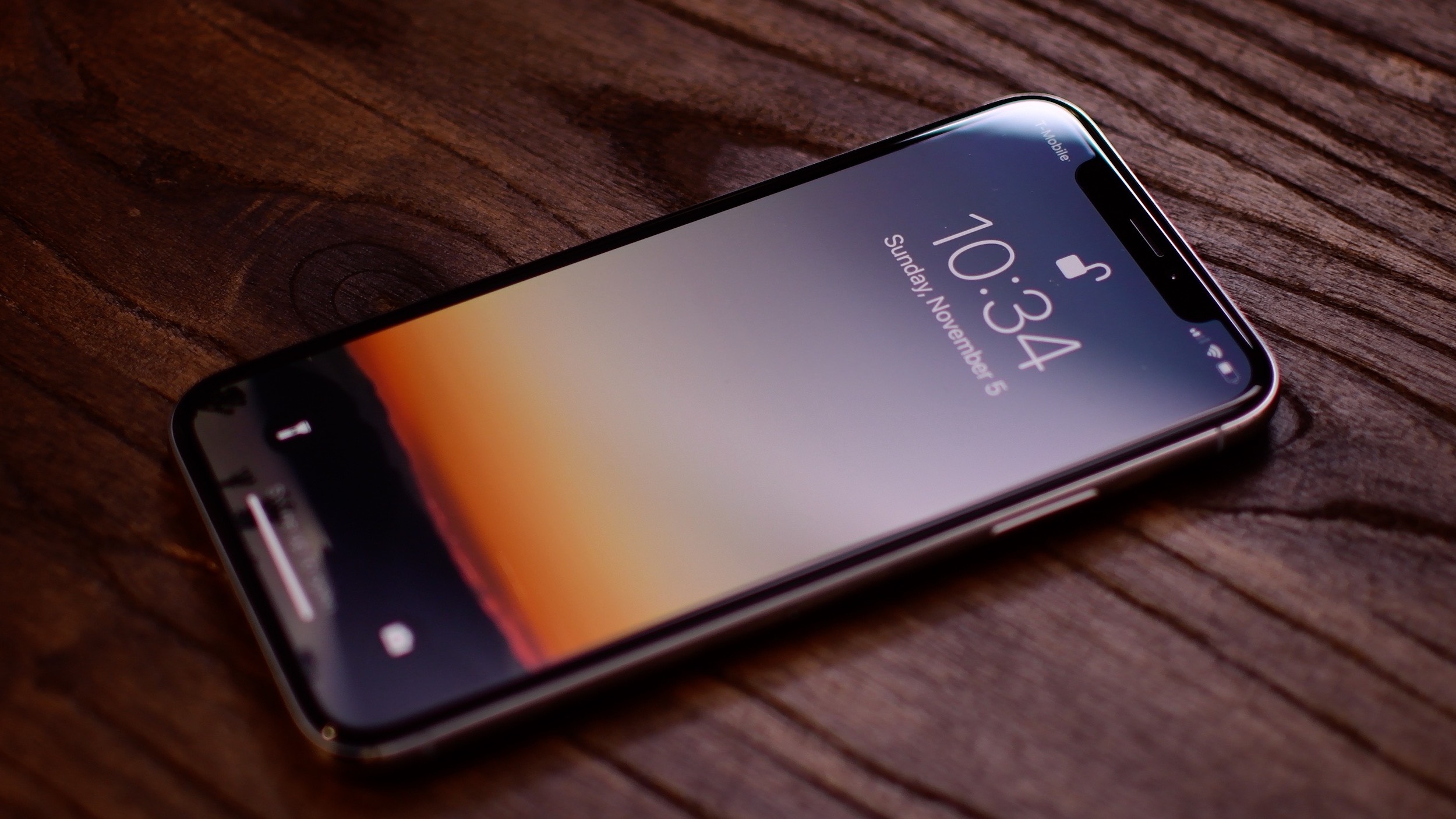
As we previously reported, Apple is on the hook for missing contractual purchasing obligations concerning Samsung-built OLED display panels bound for iPhones. According to Samsung's earrings guidance released Friday, the Galaxy maker has actually received a cool $638 million from the Cupertino firm during the June quarter after Apple couldn't fulfill its previously agreed-upon purchasing order volume and no middle ground could be found.
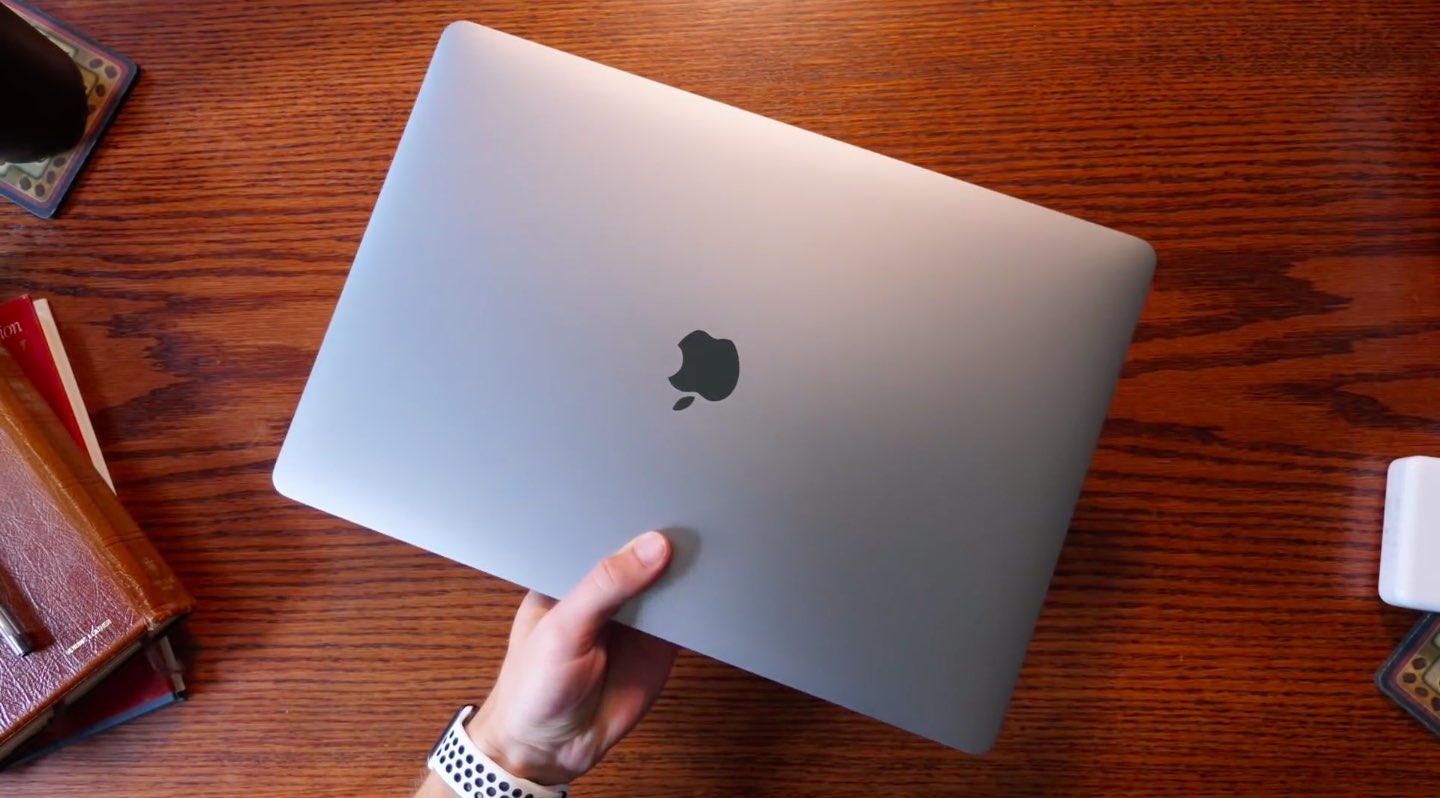
Korea's ETNews reports that Apple is destined to order additional OLED panels for future products like "tablets and notebooks" from Samsung.
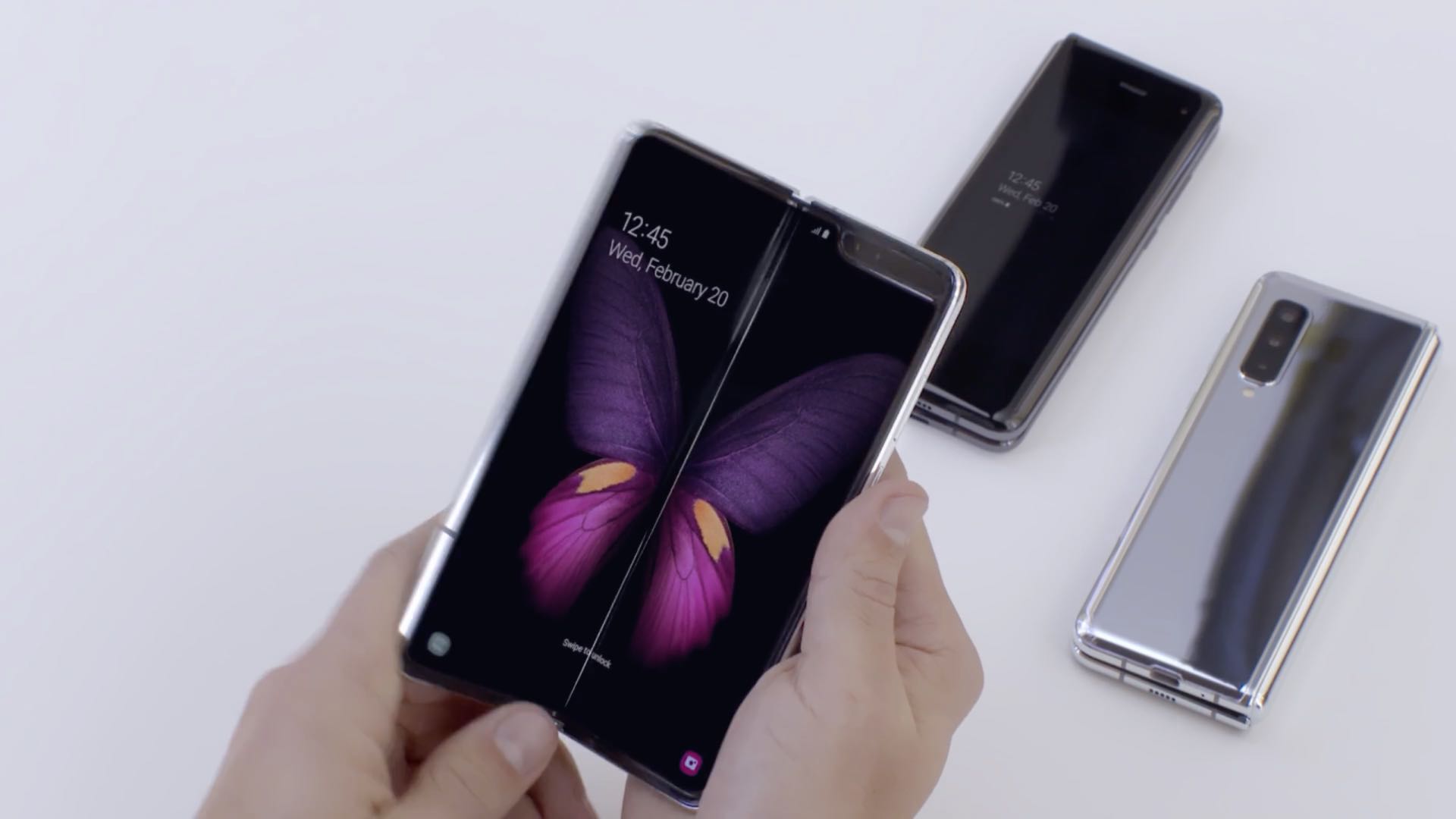
Apple owns a patent on foldable display technology and the latest sign that Tim Cook & Co. might be working on a foldable iPhone came courtesy of ETNews, which learned that Samsung Display provided samples of its foldable screens to Apple, Google and other major technology makers.
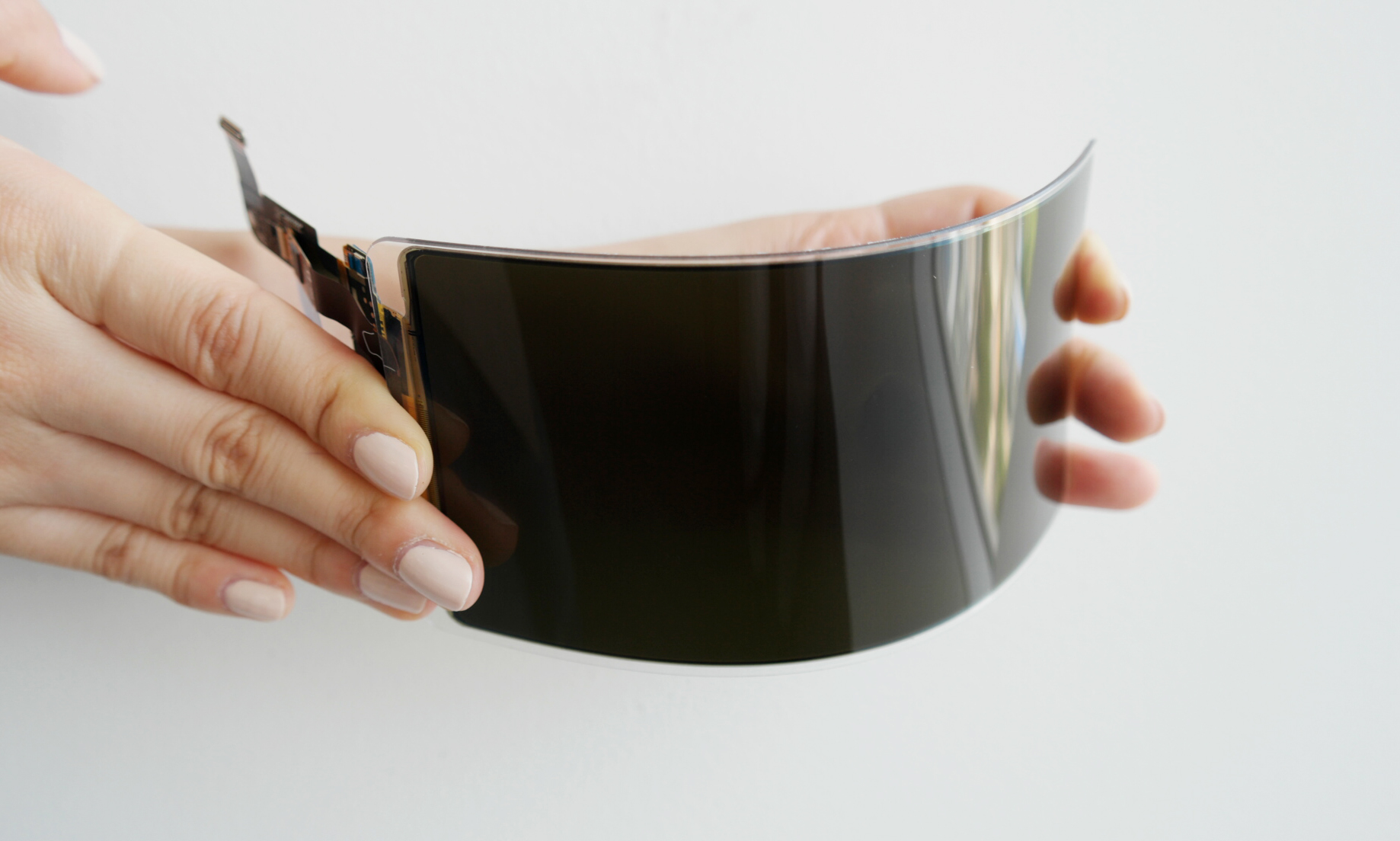
Samsung Display last week announced a new type of OLED panel that the South Korean display maker says is virtually “unbreakable”. To illustrate the point, they released an interesting video showing a sheet of flexible OLED panel withstanding some heavy hammering.
The new panel is verified by Underwriters Laboratories, an official testing company for the Occupational Safety and Health Administration of the United States Department of Labor.
Samsung may use it in Note 9, which will be announced on August 9.
The way this new flexible OLED panel has been realized is by leveraging an unbreakable substrate with a fortified plastic window securely adhered to it, as opposed to having a glass-covered window like you see on today's screens which often breaks when severely impacted.
Here's that reliability test video.
https://www.youtube.com/watch?v=m_innzQWrAE
Underwriters Laboratories has found the new panel to pass durability tests based on US Department of Defense military standards. It withstood a waist-high 1.2-meter drop 26 times in succession, as well as temperature tests at 71 degrees and -32 degrees.
Even after a subsequent drop test administered at 1.8 meters (nearly 6 feet) above the ground—higher than the US military standard— it operated normally with no sign of damage.
On paper, it's better than Gorilla Glass 6—a major improvement over its predecessor, the new Corning glass can survive 15 drops from a height of 1 meter (3.2 feet) without shattering.
Samsung did not detail how scratchable its newly-launched plastic screen is.
In addition to smartphones, the new strengthened OLED panel should be used in other electronic products such as display consoles for automobiles, mobile military devices, portable game consoles and tablet PCs aimed at education.
Apple currently buys all its OLED panels for iPhone X from Samsung Display, but other suppliers are expected to jump in within a year or two. It's unclear if Apple plans on using this “unbreakable” screen given it's been using cover glass protection for iPhones from US-based Corning Glass, in which it invested $200 million in May 2017.
What do you make of Samsung's unbreakable OLED panel?
Let us know by leaving a comment below.
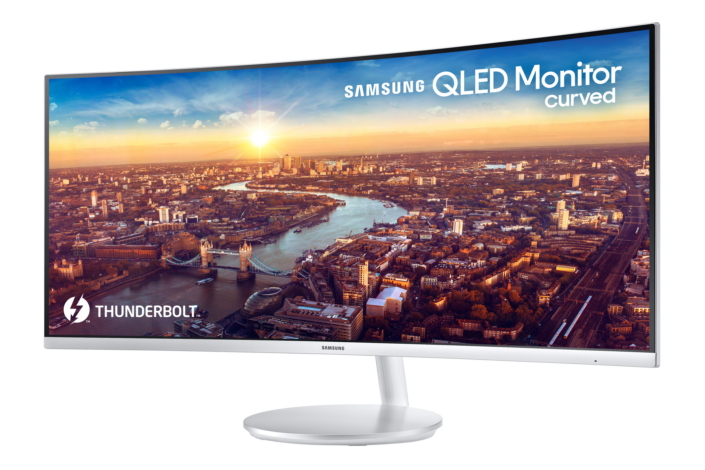
Just ahead of CES, Samsung has announced a new Thunderbolt 3 monitor, perfect for the MacBook Pro. Unlike LG's TB3 monitors, these feature a curved display.

This year, Samsung Display has reportedly supplied around 50 million OLED panels for Apple's iPhone X, but Apple is now looking to quadruple its order in 2018 as Samsung apparently hit a satisfactory enough 90% yield rate with iPhone X displays.
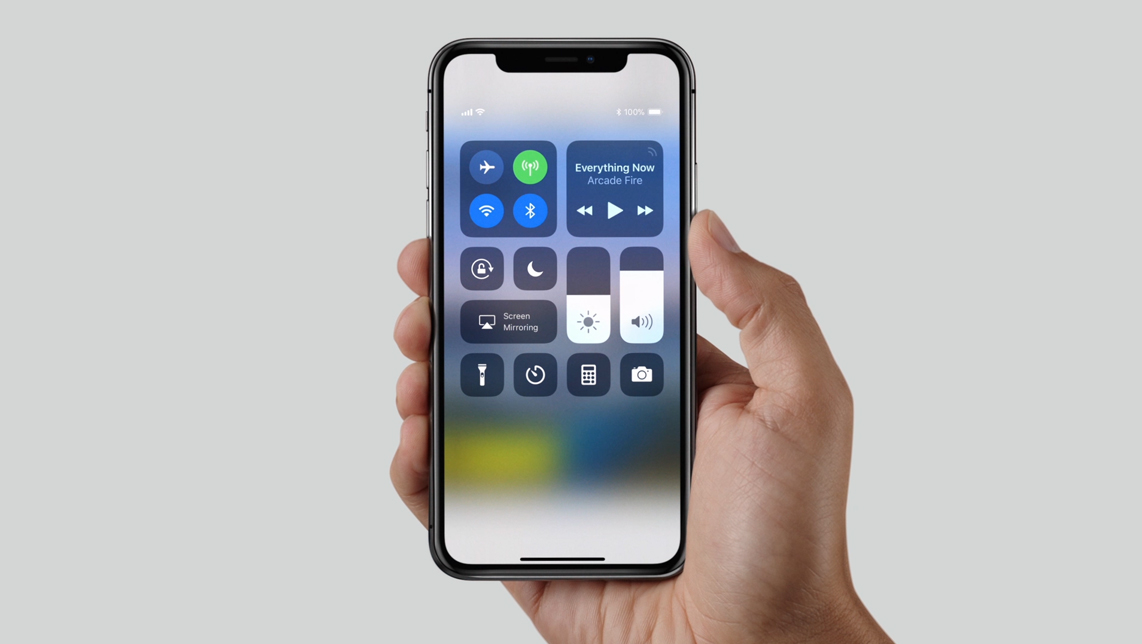
A bendable iPhone may be coming in 2020.
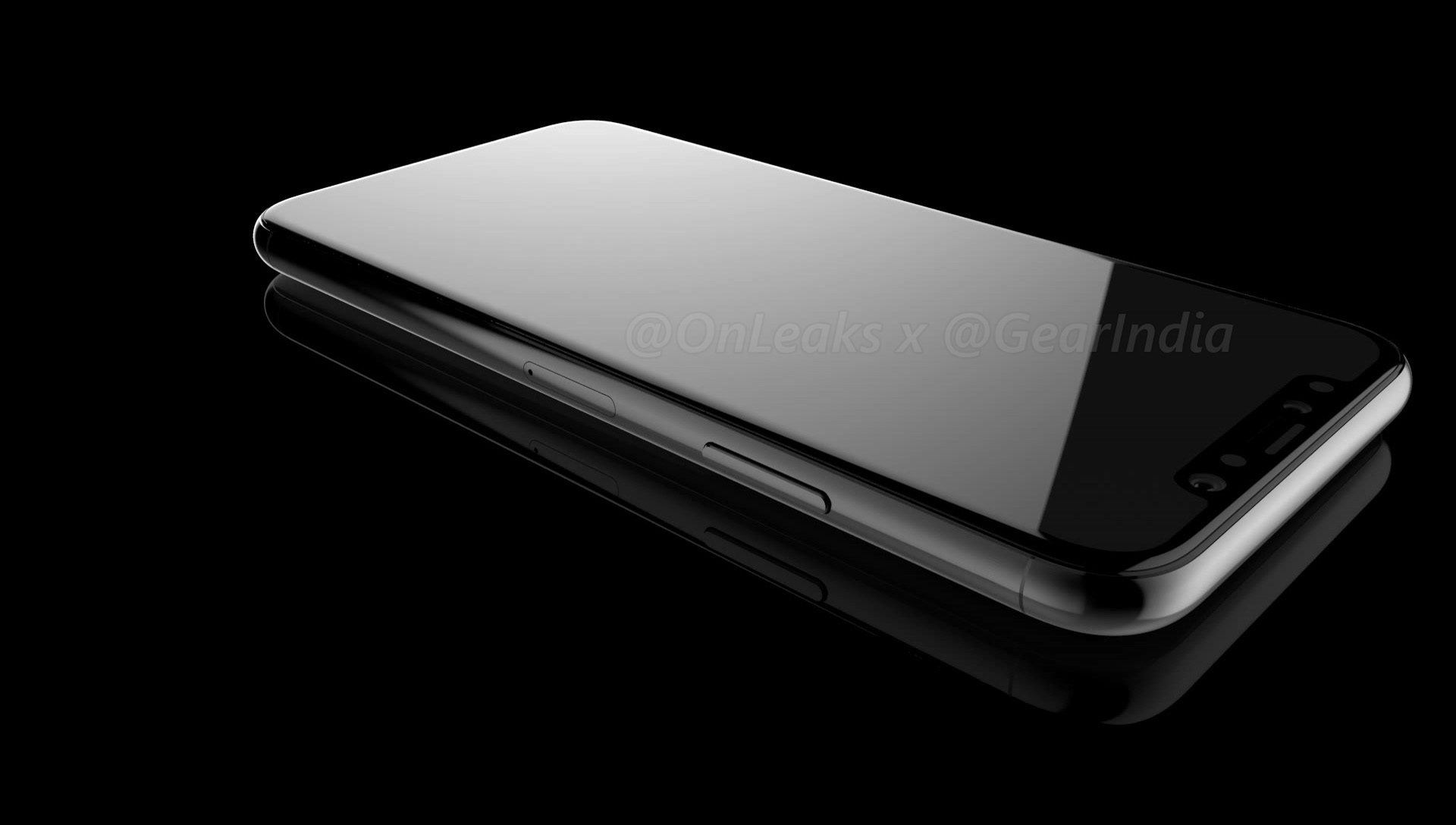
Seven of Samsung Display's sixth-generation manufacturing plants will increase production capacity of OLEDs destined for iPhone 8 by sevenfold from 15,000 panels per month from last year to 105,000 panels per month this year.

As Apple is said to be bankrolling its supplier LG Display's OLED expansion, analyst Ming-Chi Kuo of KGI Securities yesterday shared his thoughts on the matter.